Types of Hazards
A hazard is any factor, condition, or situation that poses a potential risk to individuals' health, safety, or well-being in a workplace.
Hazards can manifest in various forms and can be broadly categorized into different types, such as chemical, biological, musculoskeletal, and mechanical hazards, among others. Each category has its own set of characteristics, risk factors, and control measures. Understanding these categories is crucial for effective hazard identification and risk assessment, as it allows for a more structured approach to managing workplace safety.
By recognizing the different types of hazards, employers and workers can take targeted actions to mitigate risks and create a safer work environment.
Hazard Categories:
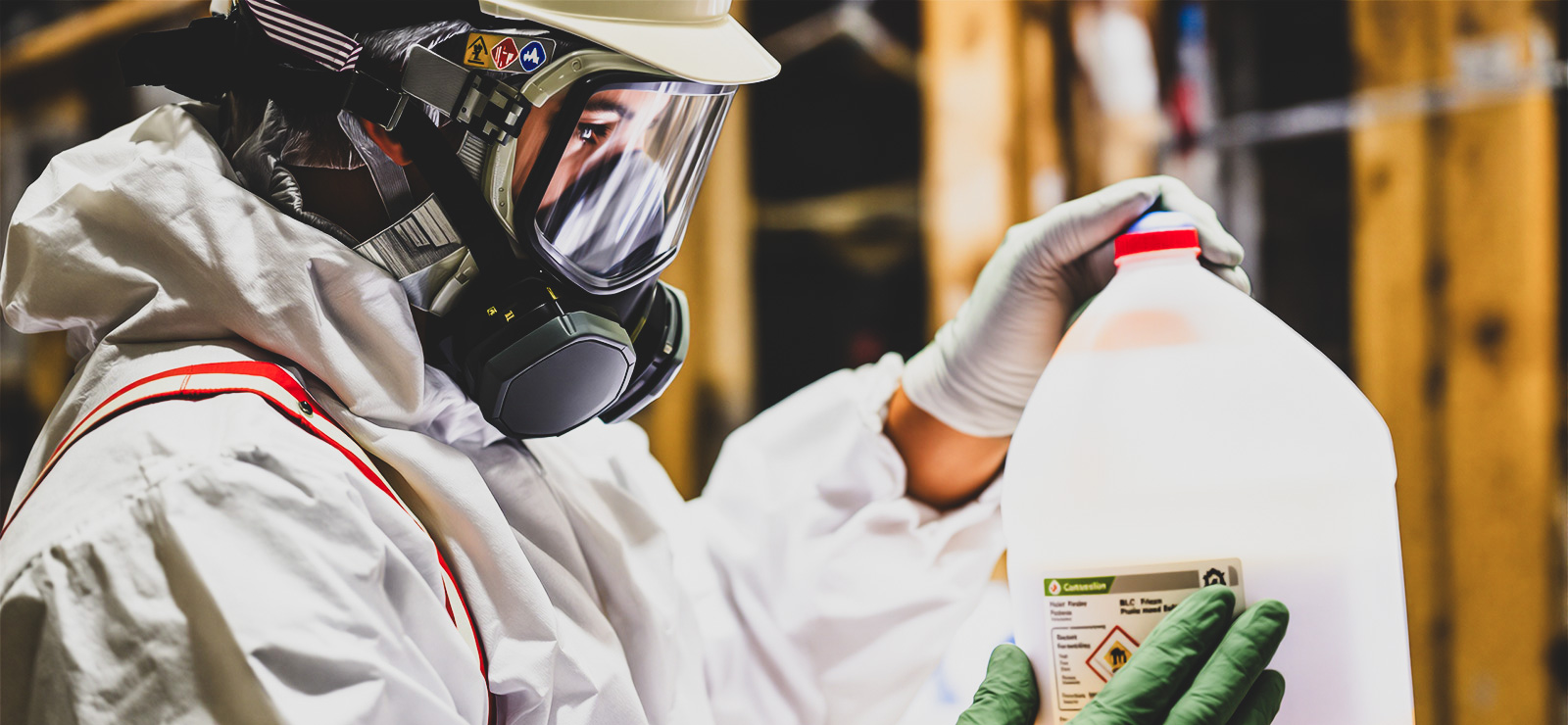
Chemical Hazards
Involves exposure to substances that can harm health through inhalation, skin contact, ingestion, or injection. Includes gases, liquids, vapors, fumes, dust, and solids. Effects range from minor irritation to serious illnesses.
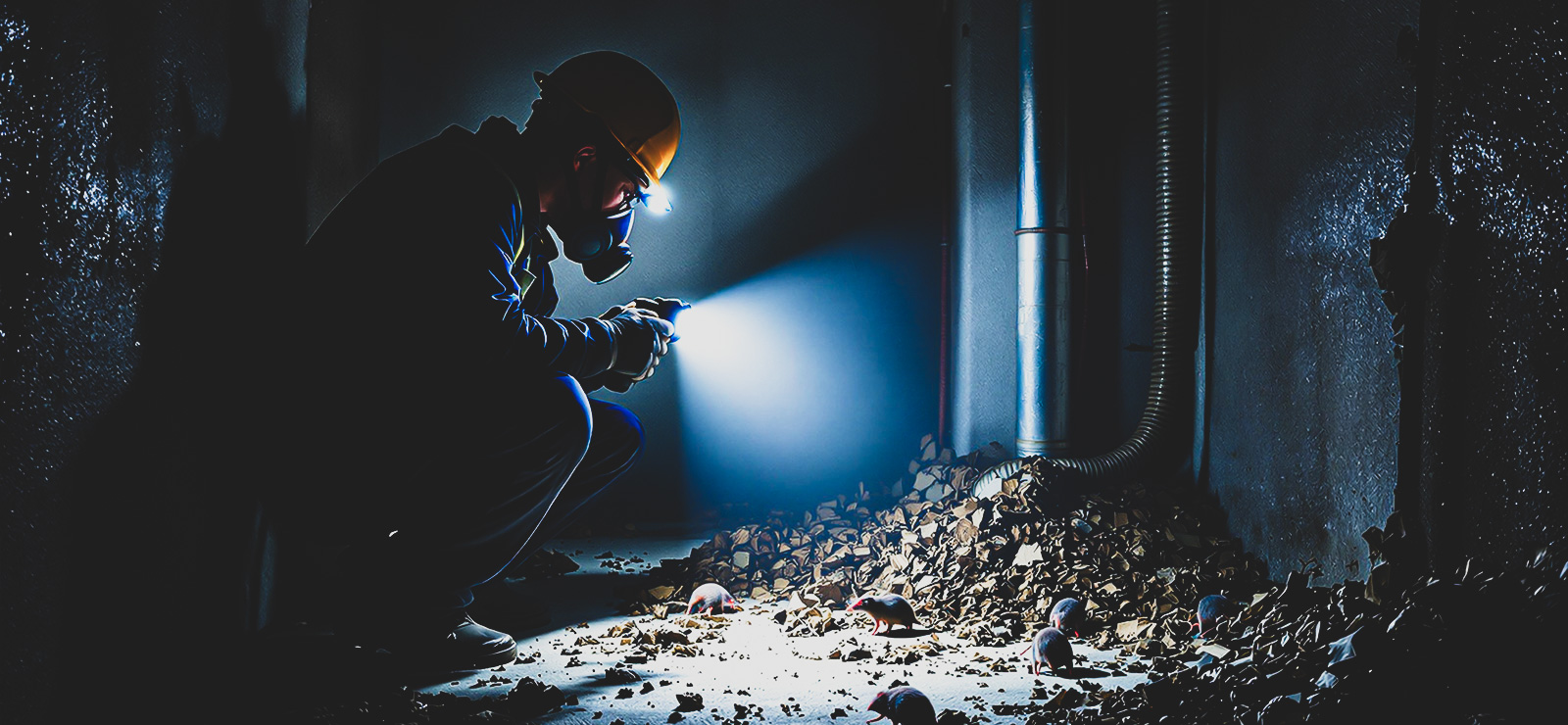
Biological Hazards
Agents of biological origin that can cause harmful health effects, including microorganisms, toxins produced by organisms, and allergens. They can enter the body through inhalation, skin contact, ingestion, or injection.
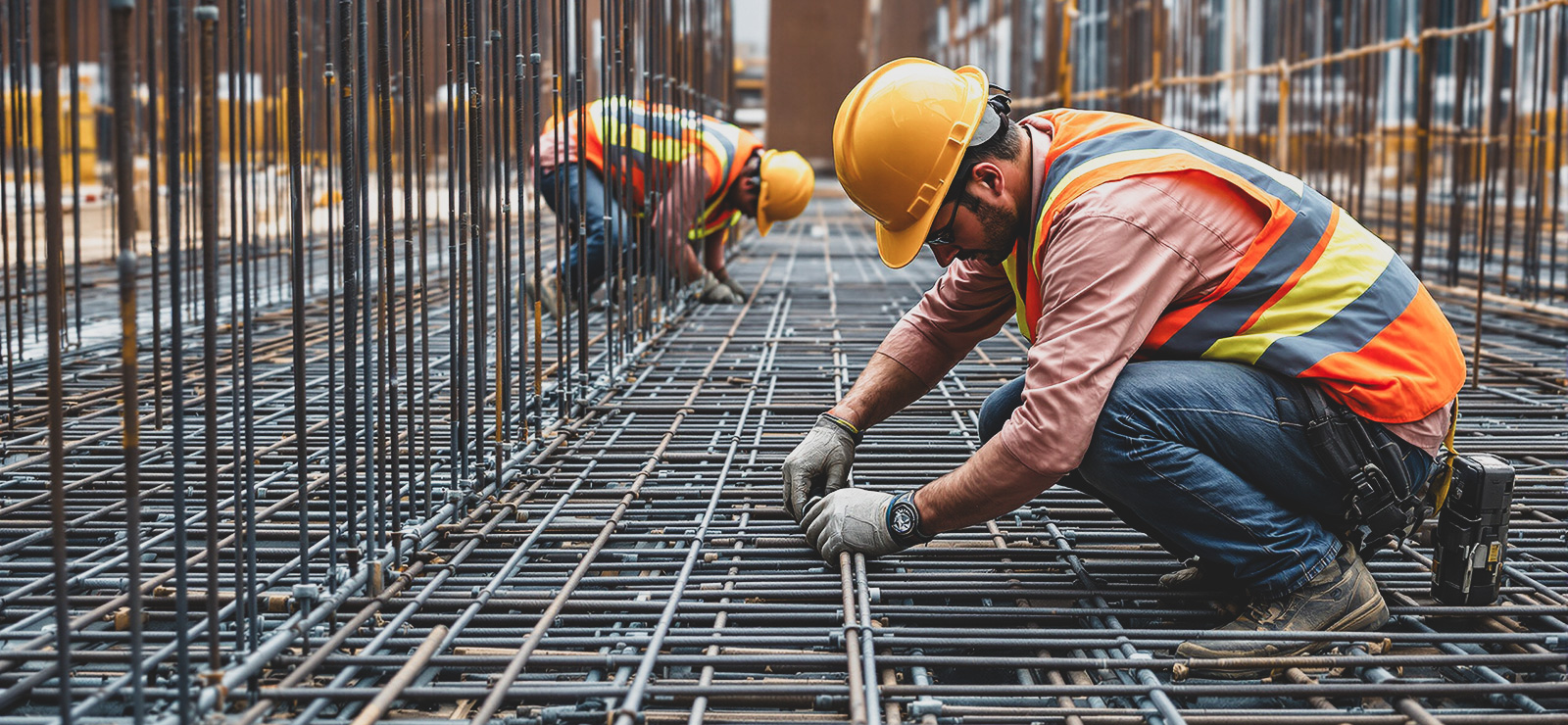
Musculoskeletal Hazards
Associated with performing tasks that require repetitive motions, awkward postures, excessive force, or prolonged exposure. Includes hand-arm and whole-body vibration and contact stress.
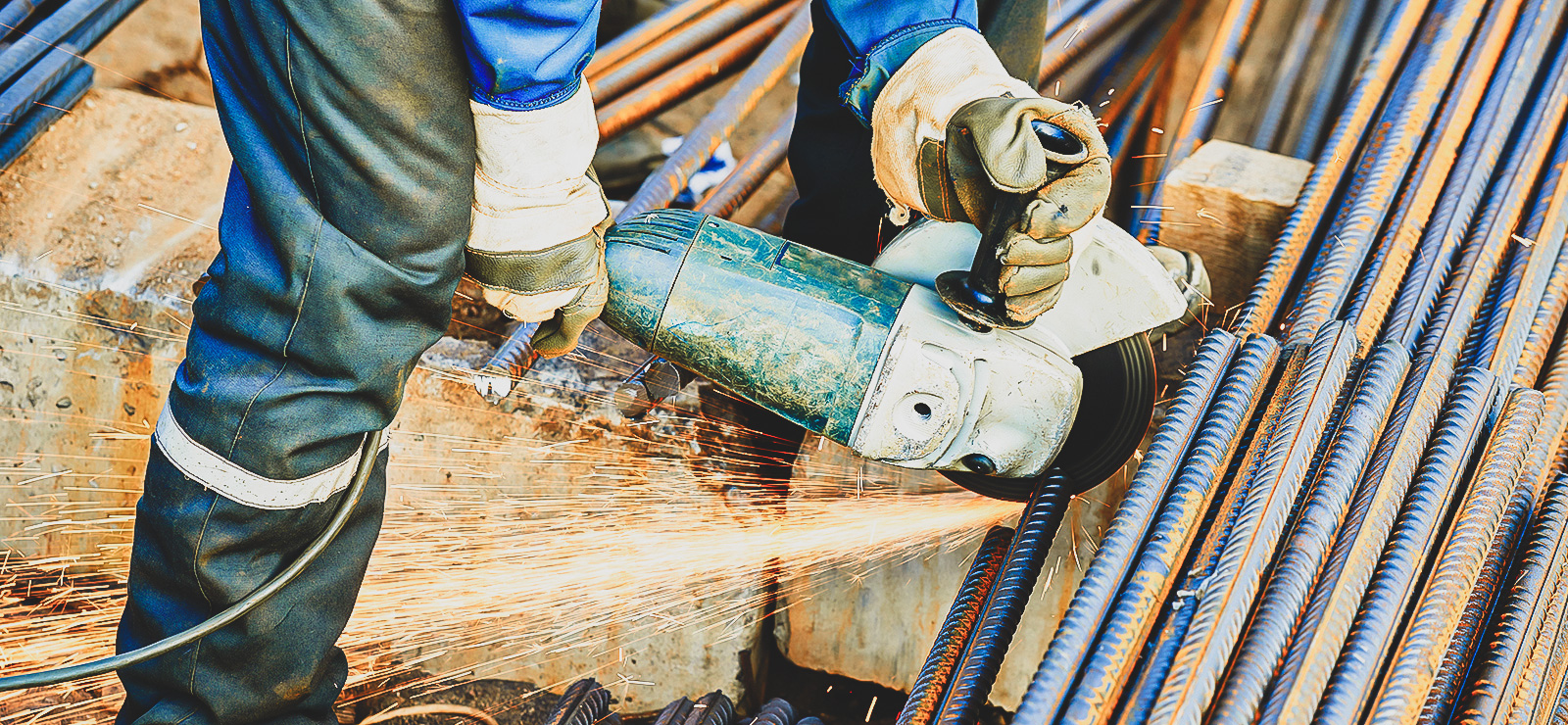
Mechanical Hazards
Physical factors that can cause injury from mechanical action. Examples include machinery with moving parts, tools with sharp edges, and equipment that can cause crushing or entanglement.

Cut and Puncture Hazards
Nails, screws or sharp edges sticking up or out from materials or debris.
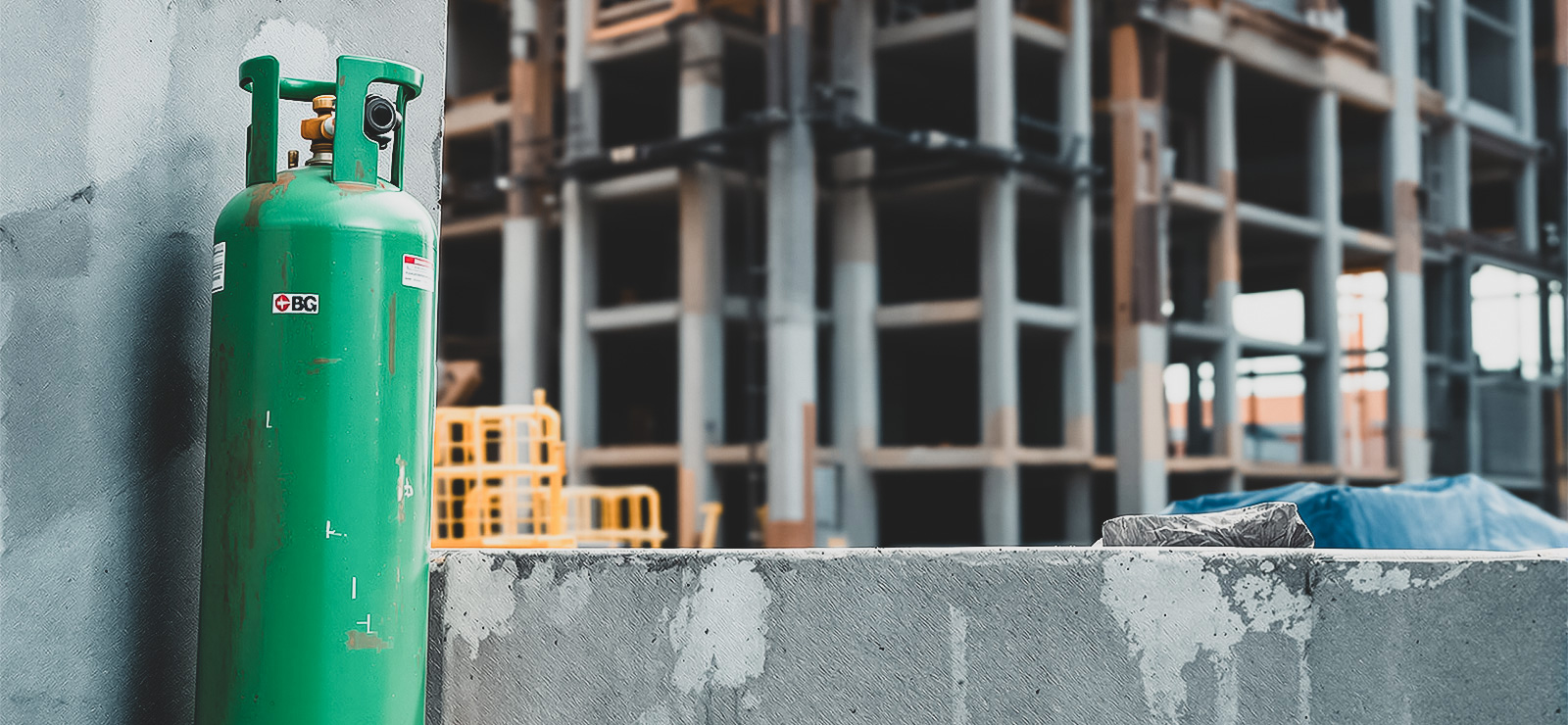
Pressurized Systems
Unwanted release of stored or potential energy from pressurized components or systems including containers, cannisters, cans, hydraulic, pneumatic, gas.
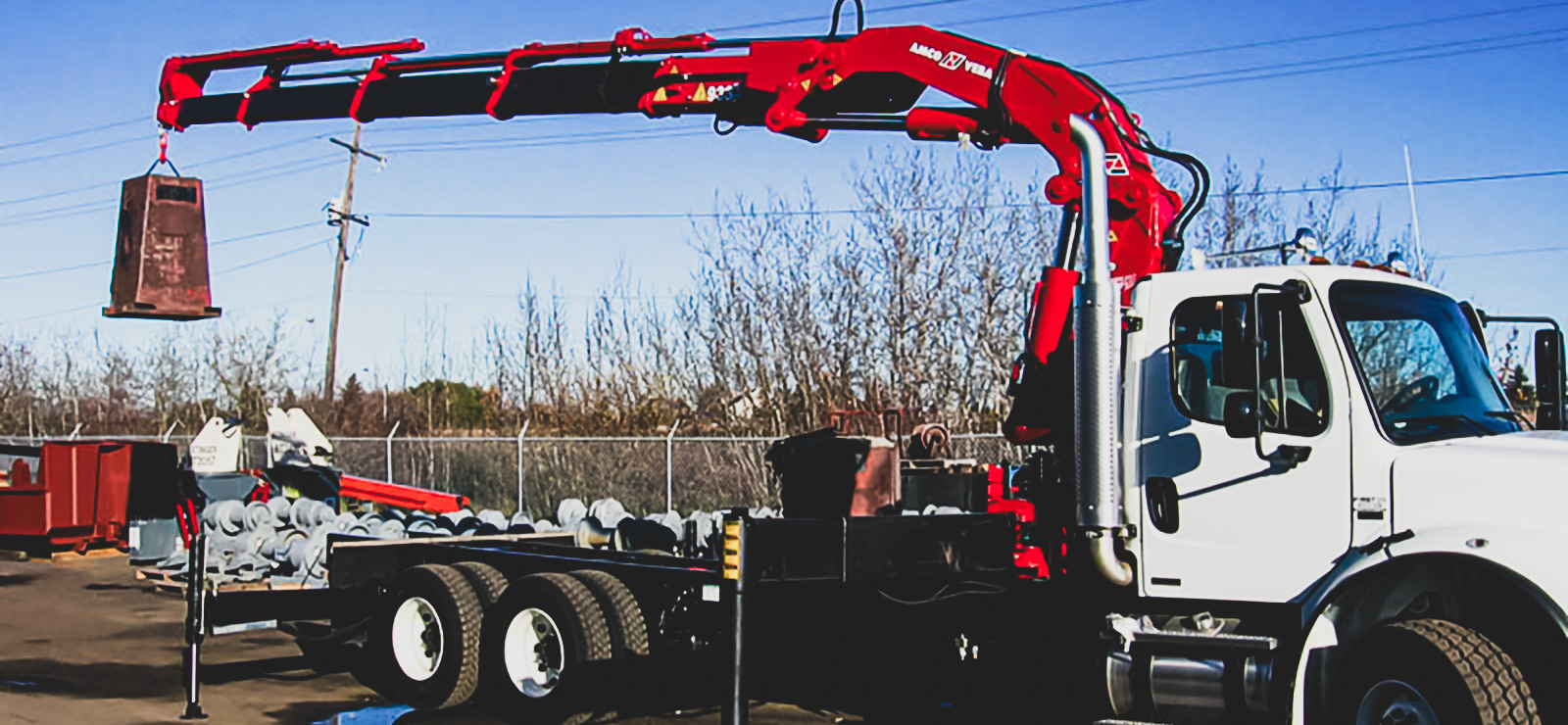
Stored Energy Hazards
Unwanted release of stored or potential energy such as from moving, falling or flying objects, or stored energy from suspended loads, structures or walls.

Falling or Dropped Objects Hazards
Workers being struck by dropped objects including tools or materials as well as falling ice or danger trees/branches.
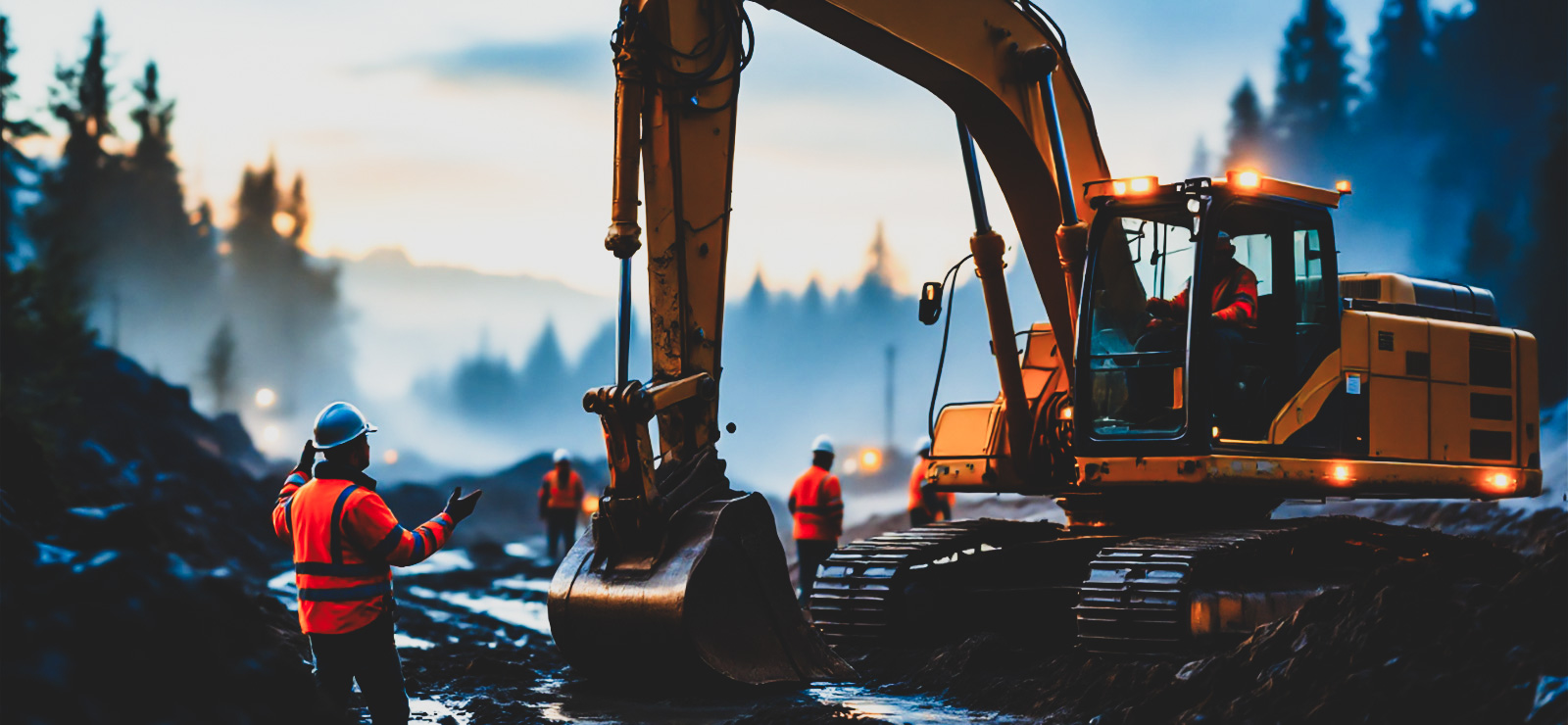
Mobile Equipment and Vehicle Hazards including struck-bys
(Being run over, struck, crushed)
- Equipment run-away, toppling over, danger to operators
- Striking overhead or underground utilities
- Pinch points, materials falling from equipment
- Noise, vibration, fumes, dust

Crane and Hoist Hazards
Workers being struck by falling loads or moving equipment; crushing injuries from equipment overturning.
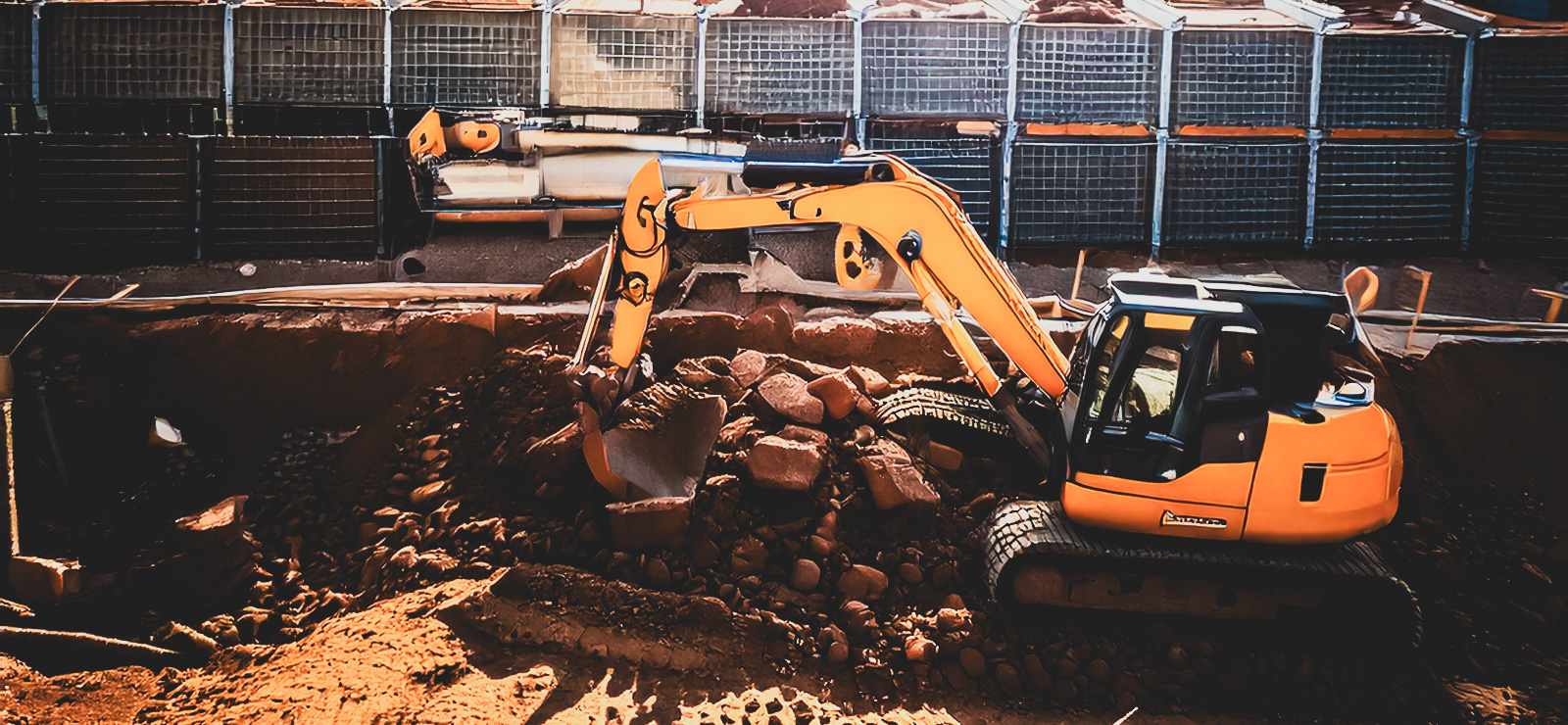
Excavation Hazards
Excavations involve the moving and removing of soil and rock from an area where construction is going to take place. It can include clearing an area through drilling, grading, and trenching as well as to construct or repair underground utilities. Excavations involve the moving and removing of soil and rock from an area where construction is going to take place. It can include clearing an area through drilling, grading, and trenching as well as to construct or repair underground utilities.

Confined Space Hazards
A confined space is an enclosed or partially enclosed area that is big enough for a worker to enter. The space may be enclosed on all sides (for example, a bin or tank), or as few as two sides (for example, an enclosed conveyor). Confined spaces are not designed for someone to work in regularly. They are places where entry may be needed from time to time for inspection, cleaning, maintenance, or repair.
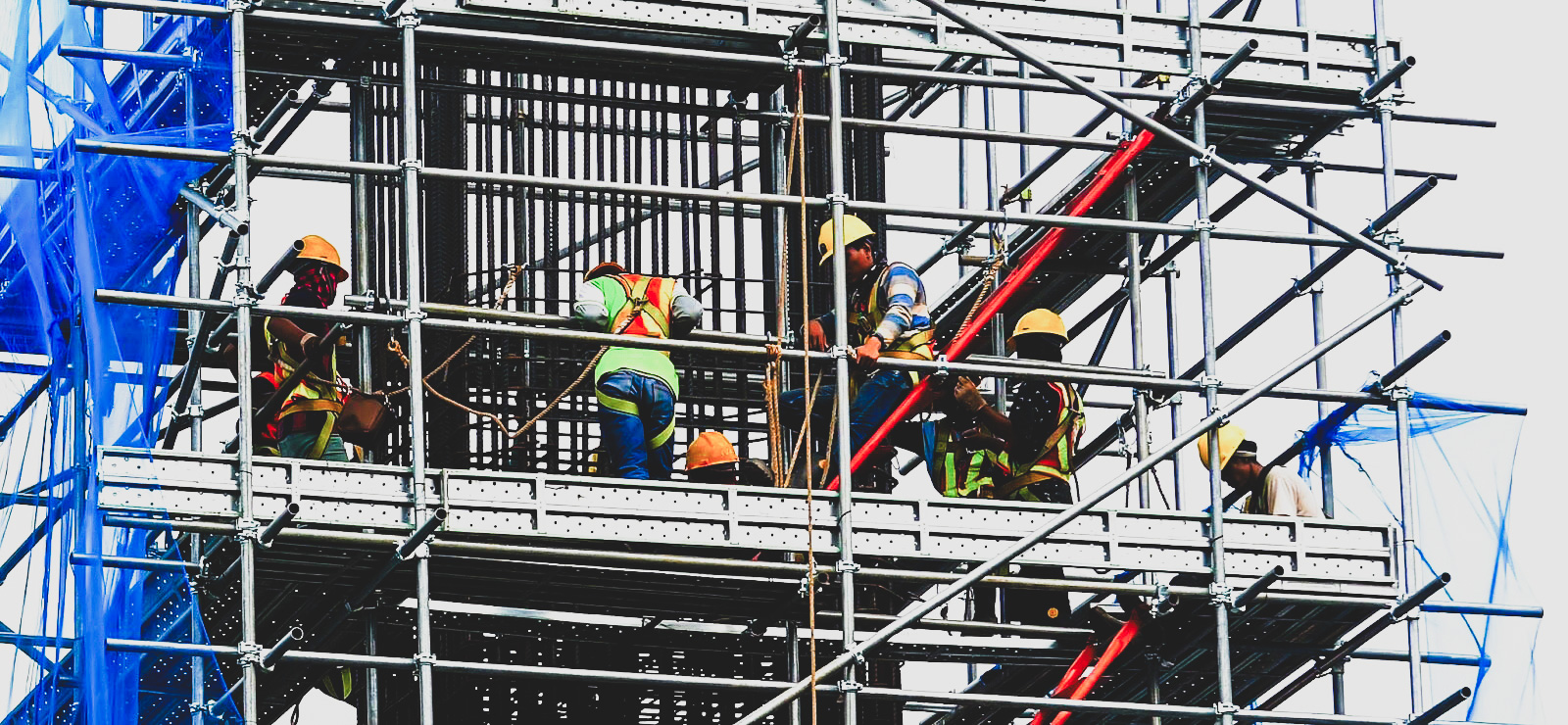
Working at Height Hazards
Working at a height above grade that increases risk of injury.
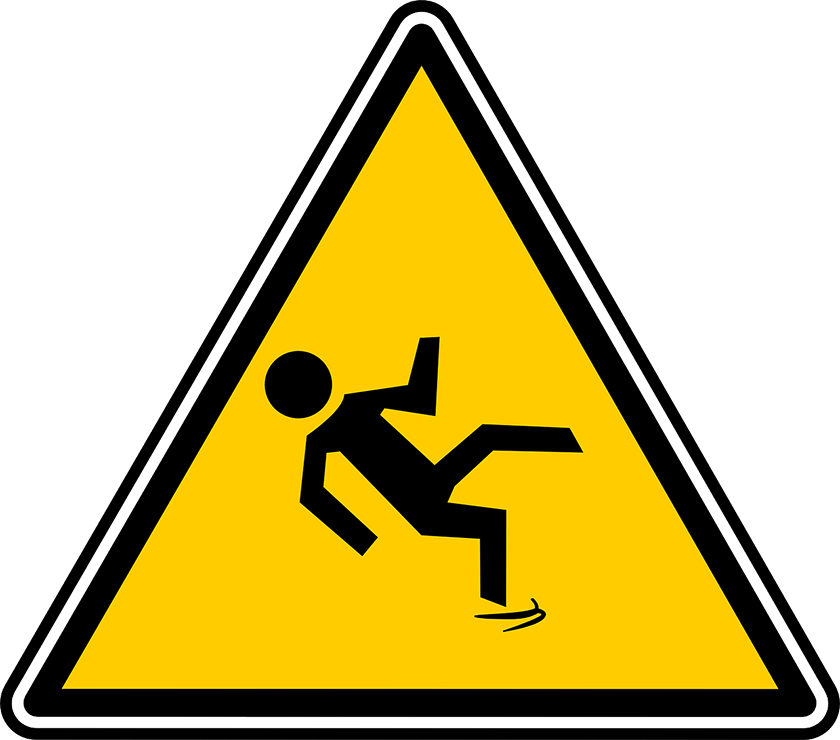
Slip, Trip, and Fall Hazards
Factors that can result in slips, trips, or falls. Made worse from uneven surfaces, wet or oily floors, loose mats, poor lighting, cluttered work areas, and unsuitable footwear.
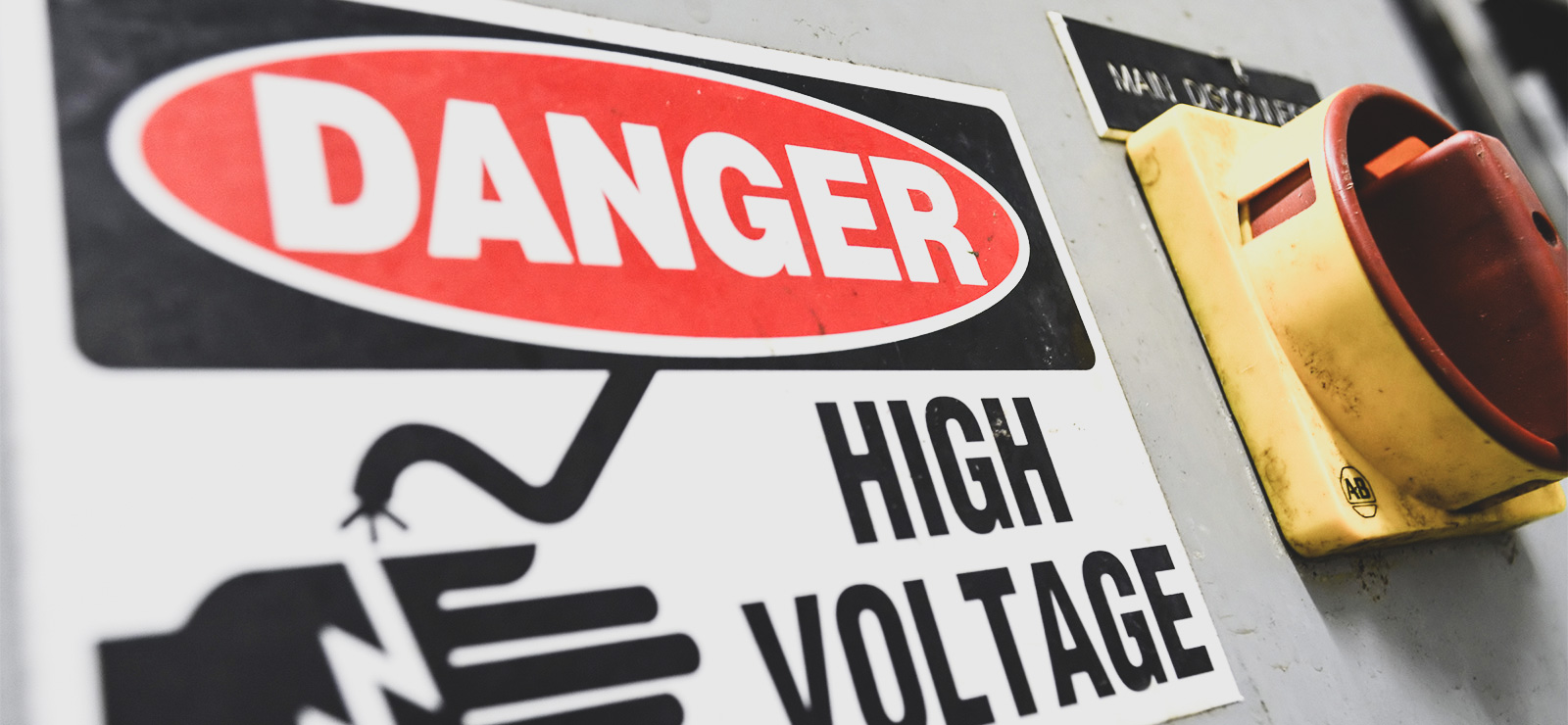
Electrical Hazards
Involves sources of electrical energy. Risks include electric shock, burns, arc flash, and explosions due to contact with live parts or faulty equipment.

Environmental Hazards
Hazards coming from the weather such as heat, sunburn, cold, frostbite, rain, wind, lightning, ice (falling or slippery ground), glare or dull lighting or lack of visibility.
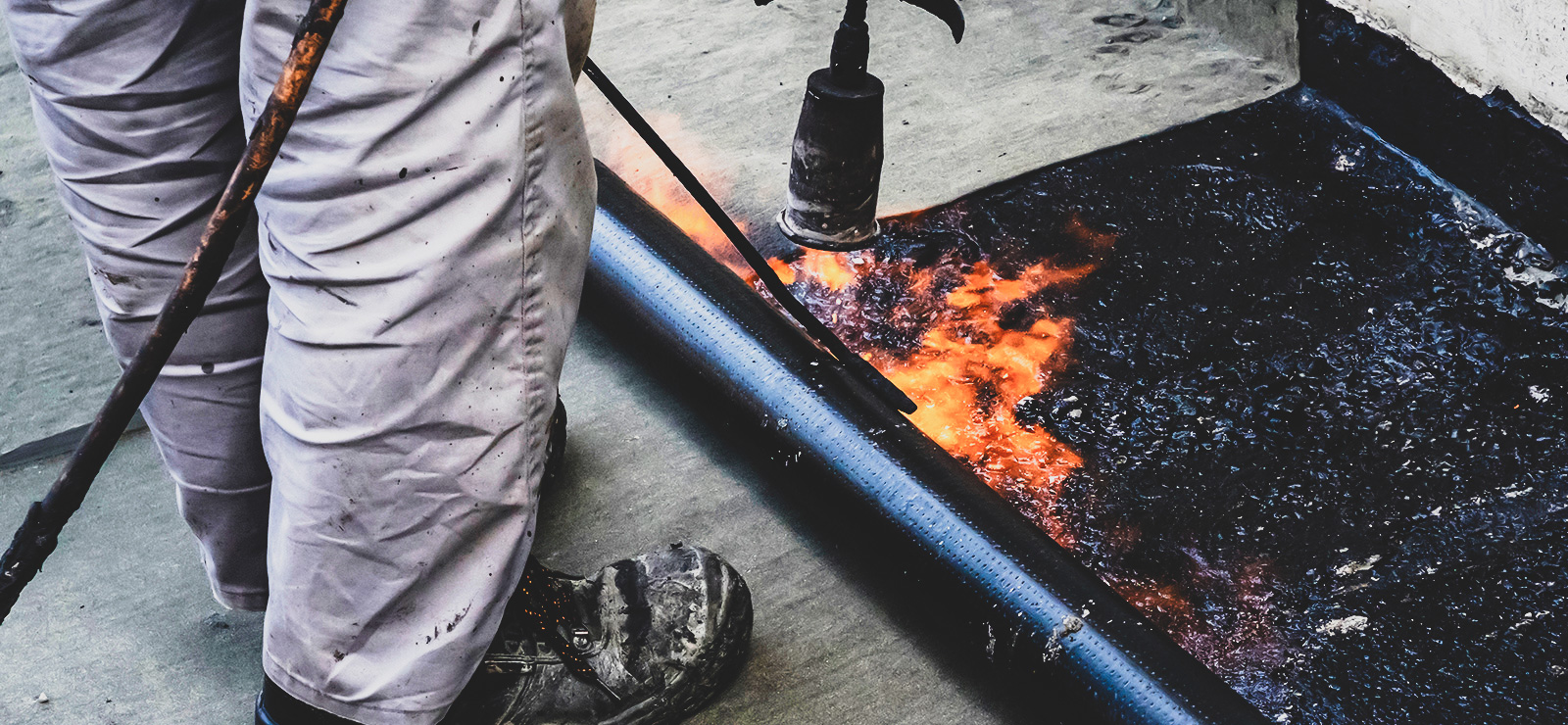
Thermal Hazards
Sources of extreme temperatures that can cause burns or scalds.

Noise Hazards
Exposure to excessive noise, including continuous, intermittent, or impact noise. Potential effects include hearing loss, tinnitus, and communication interference.

Radiation Hazards
High-energy radiation that can remove tightly bound electrons from atoms, causing them to become charged ions. Includes X-rays and gamma rays, which can damage living tissue and increase cancer risk.
Lower-energy radiation that doesn't ionize atoms but can cause other biological effects. Includes ultraviolet (UV) light, visible light, infrared radiation, microwaves, and radio-frequency radiation.
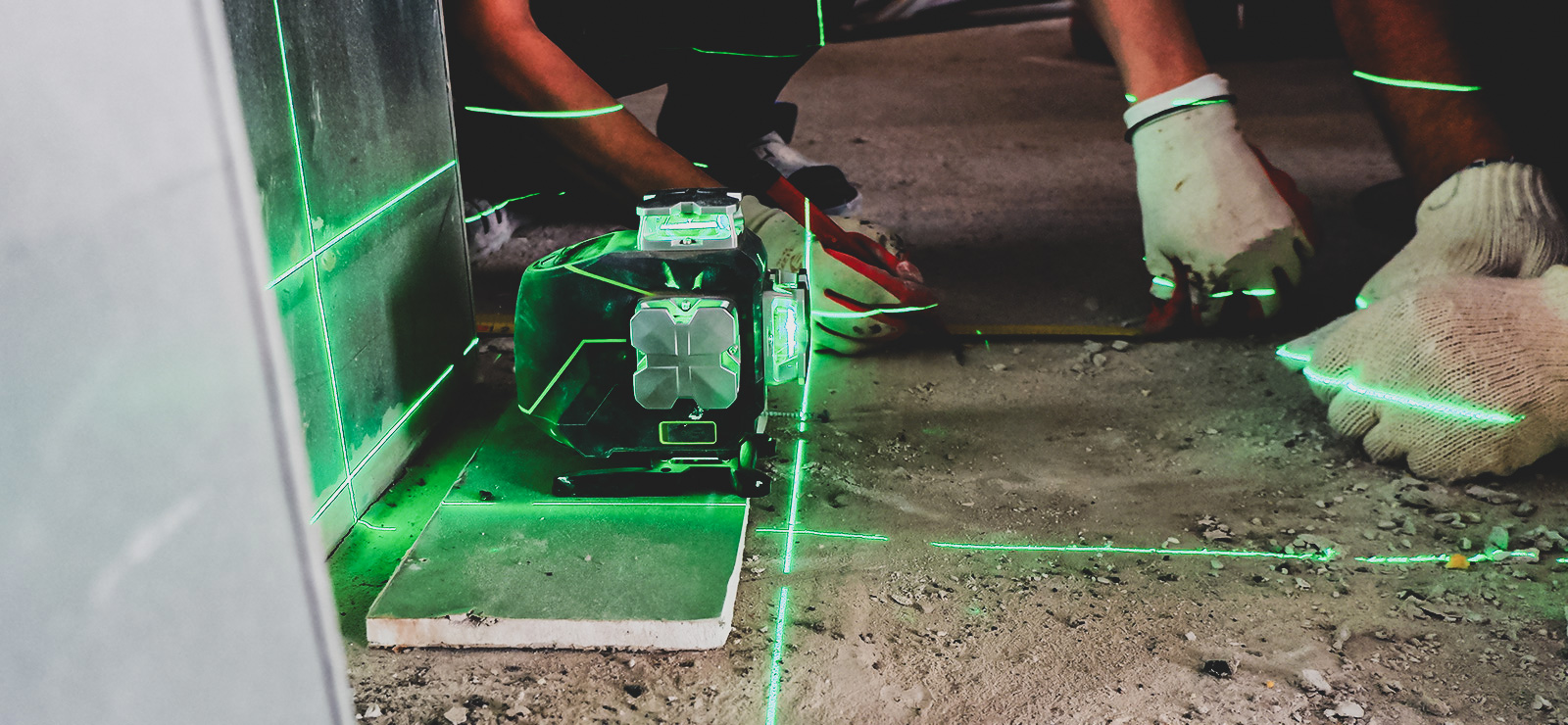
Laser Hazards
Hazards from laser sources, including potential eye and skin injuries, risk of fires, and exposure to laser-generated air contaminants (LGACs). Workers can be exposed by operating a laser. Simply being in the area when a laser is being used can also result in exposure. Lasers can reflect in unpredictable ways off some surfaces, causing the beam to strike nearby workers.
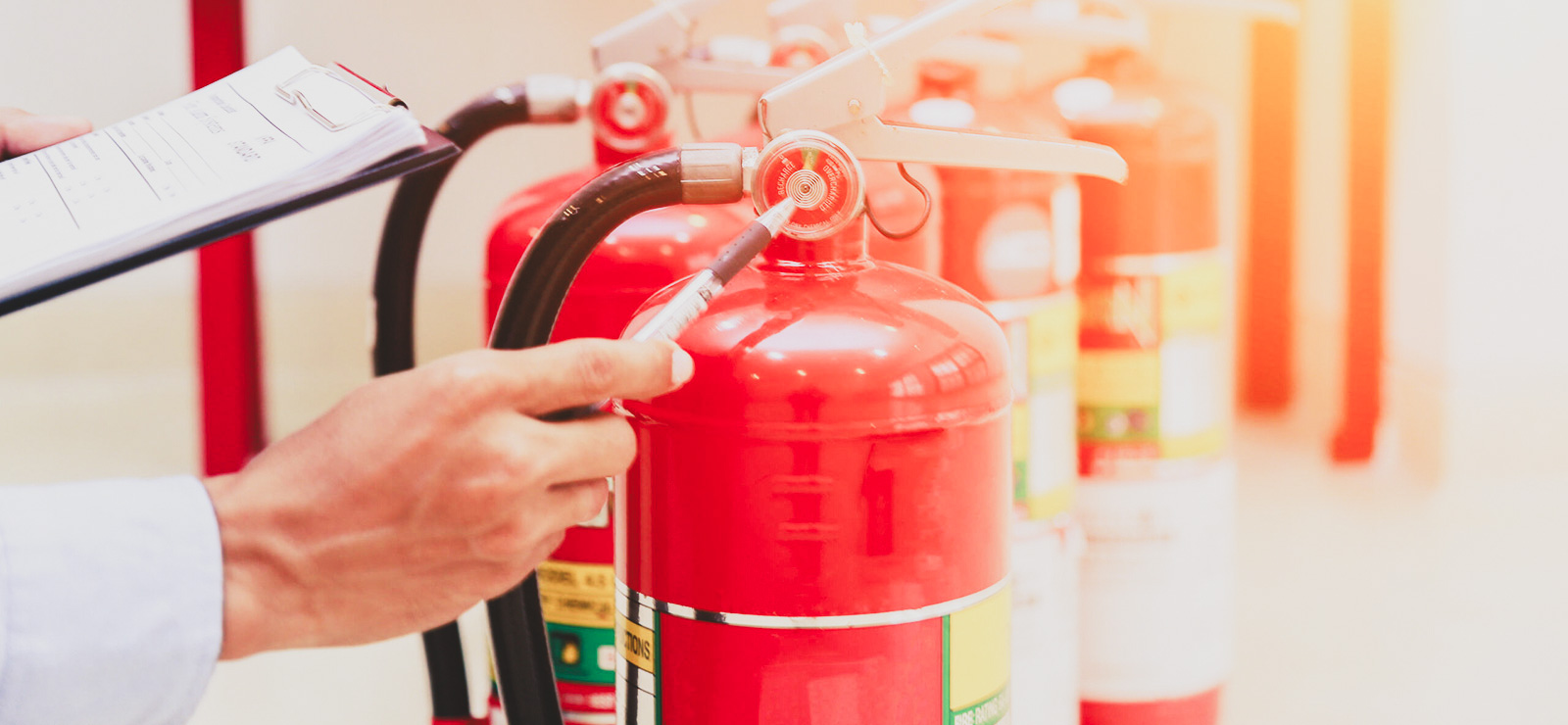
Fire and Explosion Hazards
Rapid releases of energy causing severe damage and injuries. Explosions can be chemical or mechanical in nature.
Result from rapid combustion of flammable materials or explosives.
Result from rapid expansion of compressed gases or flashing liquids.
Arc flash blasts resulting from an arcing fault in electrical equipment, leading to explosive energy release.

Work Organization Hazards
Work organization factors involve planning how a work process is to be completed and the context in which the work process will be performed. It includes the way work is structured, supervised and carried out. Work organization hazards are circumstances or facilitation of variation in circumstances that in turn can lead to the occurrence of a hazardous event.
